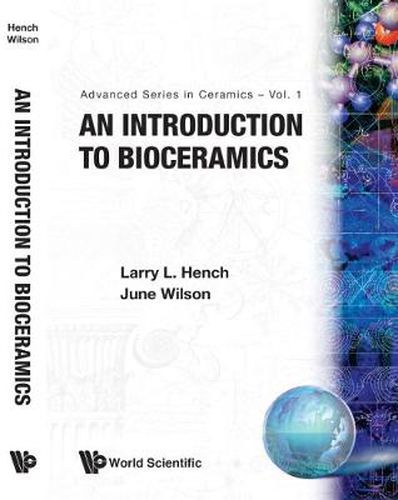Readings Newsletter
Become a Readings Member to make your shopping experience even easier.
Sign in or sign up for free!
You’re not far away from qualifying for FREE standard shipping within Australia
You’ve qualified for FREE standard shipping within Australia
The cart is loading…






Ceramic materials that are specially developed for use as medical and dental implants are termed bioceramics. They include alumina and zirconia, bioactive glasses, glass-ceramics, coatings and composites, hydroxyapatite and resorbable calcium phosphates, and radiotherapy glasses. This is a textbook in the field which is growing rapidly in clinical applications including orthopaedics, otolaryngology, maxillo-facial and plastic surgery, oral surgery, periodontology, and tumour therapy. Fourteen chapters describe the processing, compositions, properties, surface chemistry, tissue response and clinical applications. There are also chapters on characterization and quality assurance testing, and the procedures that must be followed to satisfy regulatory requirements. A forecast of future needs of the field and appendices that summarize the relevant standards and test methods complete this book. The purpose of the book is to summarize and synthesize the very large and disparate body of literature in the field. Thus, it is easy to use as a textbook for an undergraduate or first year graduate course, industrial short course, or reference source.
$9.00 standard shipping within Australia
FREE standard shipping within Australia for orders over $100.00
Express & International shipping calculated at checkout
Ceramic materials that are specially developed for use as medical and dental implants are termed bioceramics. They include alumina and zirconia, bioactive glasses, glass-ceramics, coatings and composites, hydroxyapatite and resorbable calcium phosphates, and radiotherapy glasses. This is a textbook in the field which is growing rapidly in clinical applications including orthopaedics, otolaryngology, maxillo-facial and plastic surgery, oral surgery, periodontology, and tumour therapy. Fourteen chapters describe the processing, compositions, properties, surface chemistry, tissue response and clinical applications. There are also chapters on characterization and quality assurance testing, and the procedures that must be followed to satisfy regulatory requirements. A forecast of future needs of the field and appendices that summarize the relevant standards and test methods complete this book. The purpose of the book is to summarize and synthesize the very large and disparate body of literature in the field. Thus, it is easy to use as a textbook for an undergraduate or first year graduate course, industrial short course, or reference source.